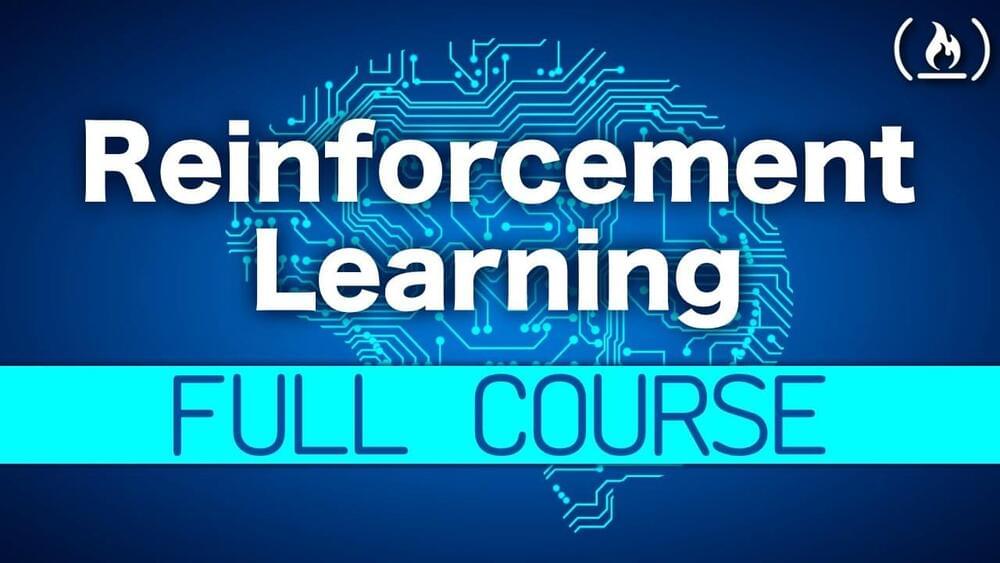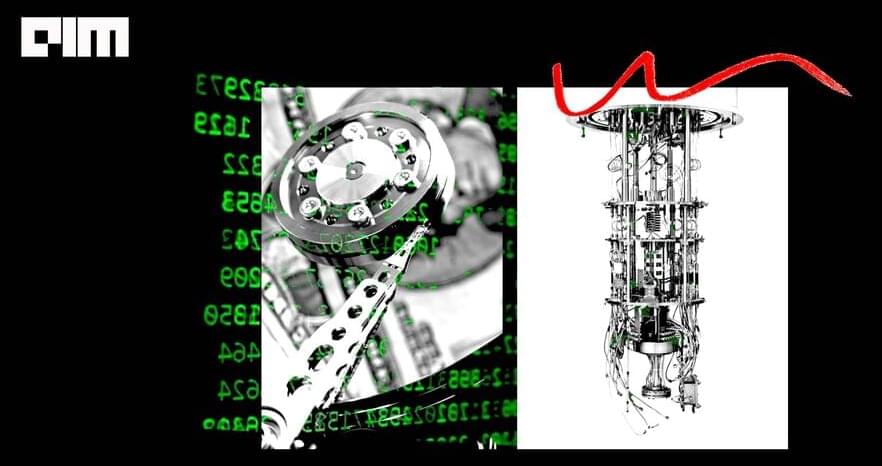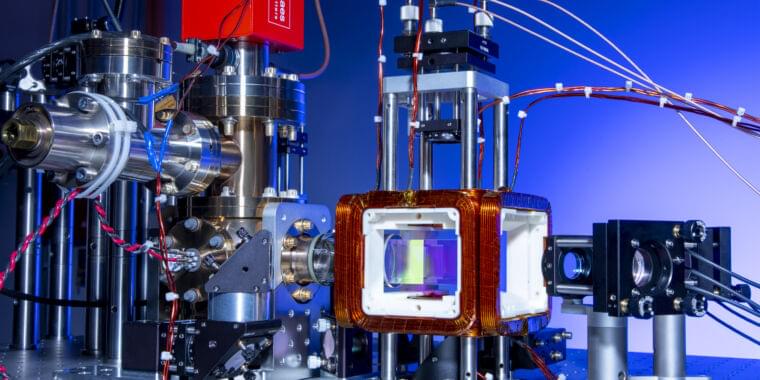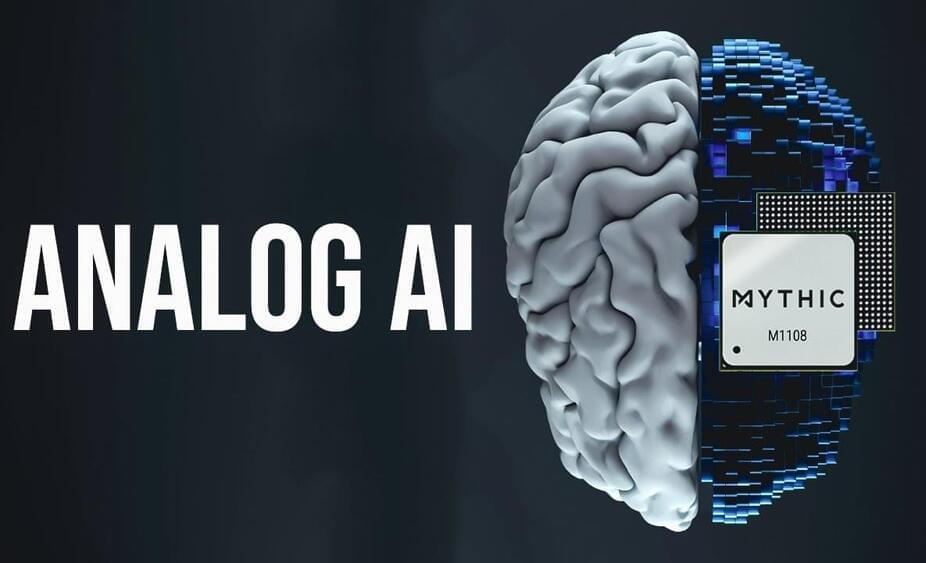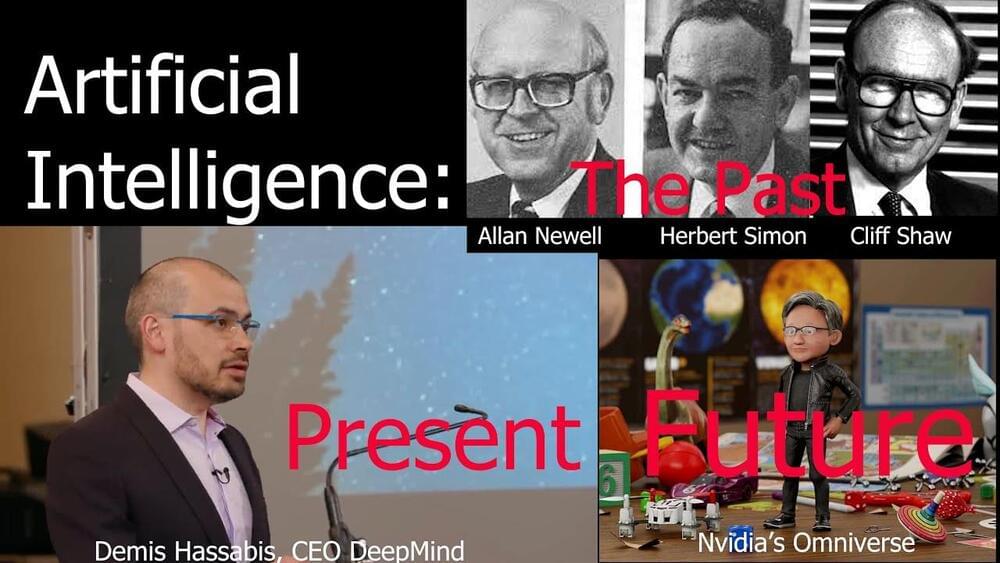Feb 18, 2023
Reinforcement Learning Course — Full Machine Learning Tutorial
Posted by Ken Otwell in categories: information science, policy, robotics/AI, space
This is NOT for ChatGPT, but instead its the AI tech used in beating GO, Chess, DOTA, etc. In other words, not just generating the next best word based on reading billions of sentences, but planning out actions to beat real game opponents (and winning.) And it’s free.
Reinforcement learning is an area of machine learning that involves taking right action to maximize reward in a particular situation. In this full tutorial course, you will get a solid foundation in reinforcement learning core topics.
Continue reading “Reinforcement Learning Course — Full Machine Learning Tutorial” »
